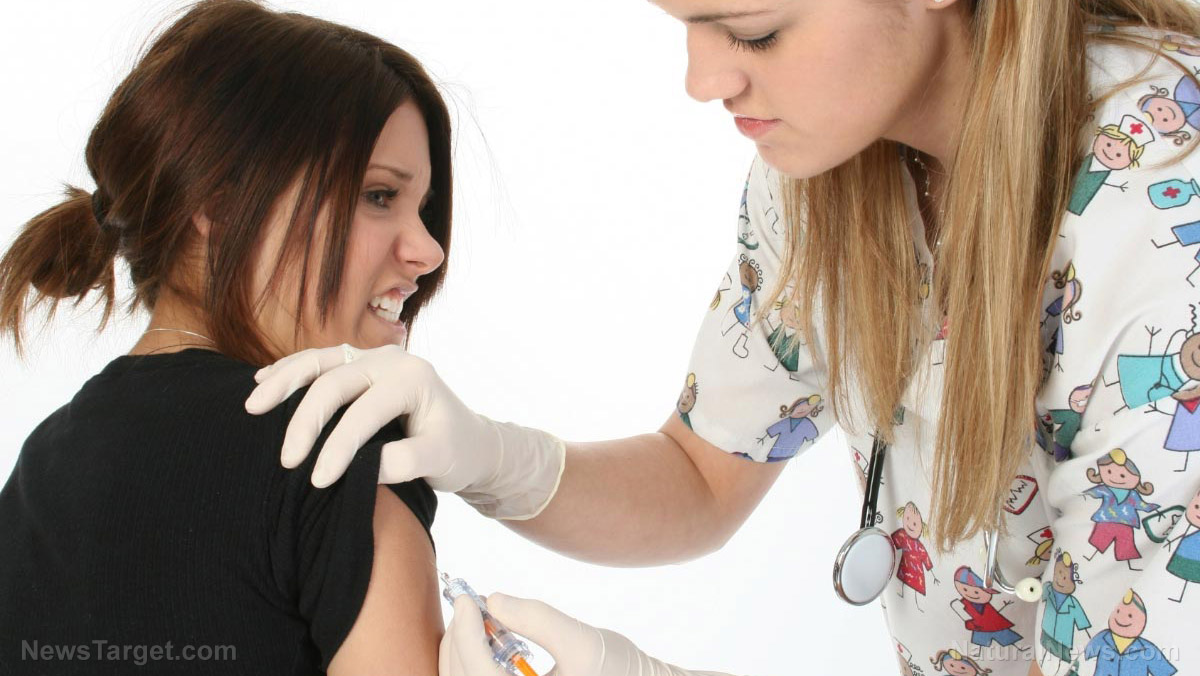Big Pharma just developed a way to medicate unborn babies with prescription drugs … Will they be treated with antidepressants?
08/16/2017 / By Isabelle Z.

Researchers from the Swiss Federal Laboratories for Materials Science and Technology (EMPA) have developed a three-dimensional cell model of a human placental barrier that is being used to study how substances like nanoparticles can cross the placental barrier.
Even small doses of toxic substances can be very harmful to a fetus, which is why the placenta serves as a barrier to help filter out any harmful substances while helping nutrients reach the fetus. However, there has been growing evidence in recent years that the placental barrier isn’t entirely effective at filtering everything out; nanoparticles, it turns out, can penetrate it.
You can find nanoparticles in a surprising number of places in today’s world. They are used as an anti-clumping agent in condiments, they can render outdoor clothing waterproof, and they are used in sunscreen. Soon, however, they could be used to bring medicines to a specific destination within the body.
Studying the human placental barrier has traditionally been challenging for scientists. Donated placentas following C-sections, for example, must be connected to perfusion systems and studied within just a few hours before their results are rendered useless. Moreover, simple cell cultures do not necessarily behave in a petri dish as they would in the human body.
“Hanging drop” model allows for better studies
The EMPA scientists solved this problem by creating a model using “hanging drop” technology that allows the cells to combine and form spherical micro-tissue that mimics a human placenta very closely. Using this model, they can carry out experiments much faster to find nanoparticles that could be toxic to a fetus. That sounds good, right?
The problem is that it can also be used to identify nanoparticles that have “desirable transport behavior.” What type of medications would anyone want to deliver to a fetus?
Health-conscious expectant mothers might not have any desire to expose themselves or their unborn babies to any type of medication, but Big Pharma certainly would. Indeed, the EMPA team has developed a gold particle absorption mechanism to be used in medicinal applications. They found that small gold particles can easily penetrate the placental barrier, illustrating how the movement of nanoparticles through a placenta can be controlled by their properties. Just as this discovery could help reduce the amount of medication absorbed by a fetus, it could also be used to target it.
Babies on antidepressants?
Given the prevalence of depression, one of the biggest money-makers for Big Pharma is antidepressants, and getting the next generation hooked as early as possible can only benefit them. If that sounds far-fetched to you, consider this: Data from 2013 showed that more than 500,000 very young kids were taking these medications, and nearly a quarter of a million of them were infants younger than a year old! These babies are being given drugs like Xanax for anxiety, antidepressants like Prozac, and ADHD drugs.
It is hard to understand why any doctor would prescribe these medications to someone that young, and it’s even more difficult to understand why a parent would be willing to comply. Nevertheless, many people trust their doctors implicitly and would not question one who suggests they give their baby antidepressants in utero – perhaps because of a family history of depression or other mental problems.
Antidepressant makers are already doing their best to convince women these drugs are safe during pregnancy, and this is helping to create their next generation of customers. A study out of Finland discovered that women who took these drugs during pregnancy gave birth to kids with whose risk of depression later in life was three times that of mothers who stopped using the drugs before pregnancy. Big Pharma is not above ensuring a steady stream of future business, and this could prove yet another way to reach that goal.
One can only hope that the findings of the scientists at EMPA will be used for good and not for harm, as forced medication of babies with mind-altering drugs is unconscionable.
Sources include:
Tagged Under: Antidepressants, depression, fetus, nanoparticles, placenta, placental barrier, pre-natal, pregnancy, Prescription drugs, unborn babies



















